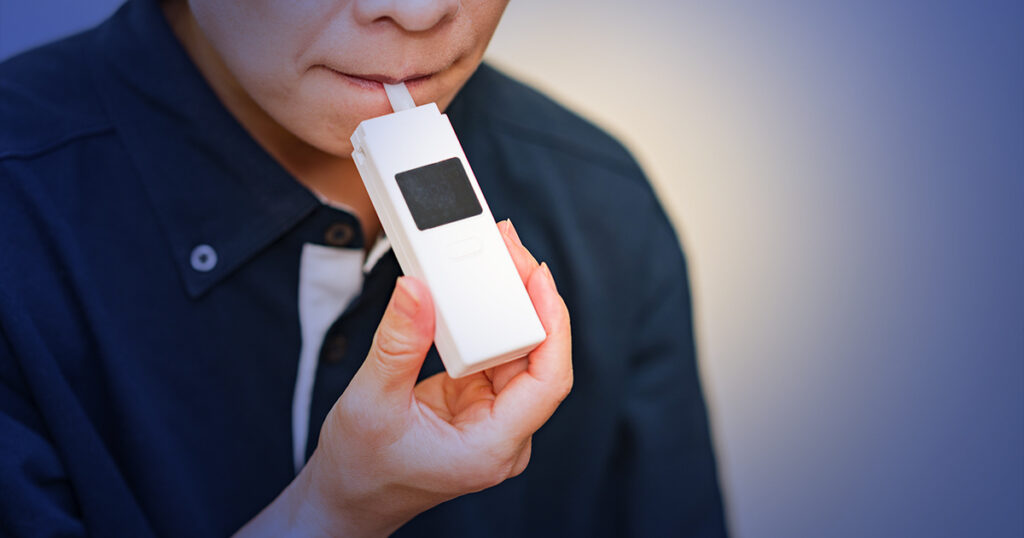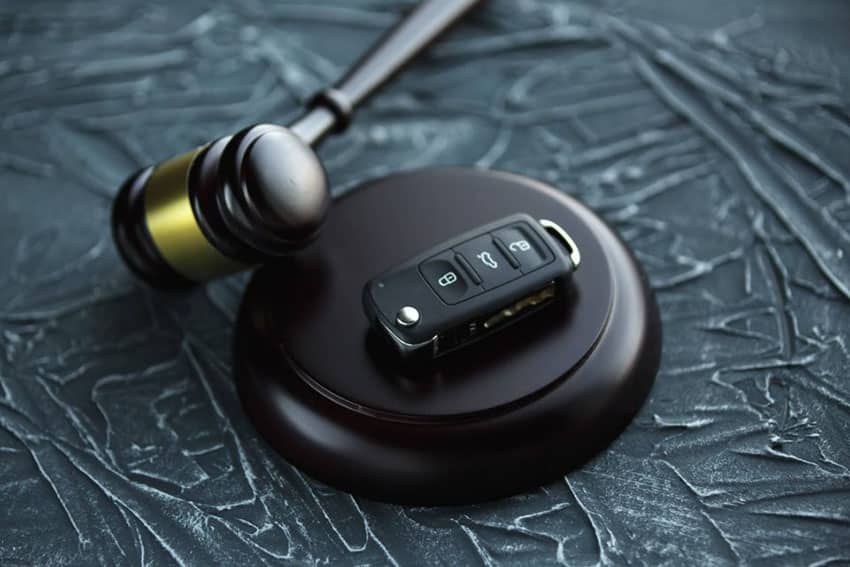The passive alcohol sensor (PAS) can detect alcohol in expired breath at a distance of 6 inches from the face and provides a means for detecting heavy drinking within 15-30 seconds. Passive alcohol sensors draw in a mix of expired and environmental air from in front of a person’s face and can provide a good estimate of whether a driver has been drinking.
The PAS appears to be particularly effective when the observation time is short; therefore, it is a helpful police aid at sobriety checkpoints and during regular patrol operations. The PAS is a screening device for use at the front end of an impaired-driving investigation. It provides decision-making information to police officers on whether to initiate an impaired-driving investigation of a driver who has been legally stopped. The PAS is used in the initial interview at the driver’s window.
The PAS is a high speed breath alcohol screening instrument that doubles as a high-intensity flashlight. The passive alcohol sensor is designed to offer a non-invasive method of alcohol detection. The PAS is used to detect alcohol levels with or without a subject’s direct participation. This differs from the active testing method requiring full participation from the subject, such as blowing into a mouthpiece of a breathalyzer device.
The system uses a small, silent pump that draws an air sample through a fuel cell, generating a small electrical current in the presence of alcohol vapor. This current is amplified electronically and is displayed on a multi-colored bar graph. The number of bars lit in the display indicates the approximate alcohol concentration in the air sample. For instance, if the green bar light is activated, alcohol may be present, but it is probably not at the intoxicating level. The yellow bar indicates that the subject’s blood alcohol level is approximately .04%. The red bar light reveals that the subject may have exceeded the .08% legal limit.
Don’t forget that the PAS is only an initial test to help determine if alcohol is present in a DWI suspect’s breath. Officers afterwards decide whether to employ other field sobriety tests to assist in their assessment of intoxication. The PAS has several benefits. The PAS allows officers to check motorists for possible alcohol violations expeditiously during road checks. Therefore, the officer spends less time with the motorist and the motorist experiences minimal delay and inconvenience. The PAS also serves as a deterrent to drunk-driving when used at well-publicized sobriety checkpoints.
Because the PAS is a passive device and analyzes ambient air, it has been argued that the use of the device does not violate Fourth Amendment rights regarding unreasonable searches. When a PAS is being used, the driver may not even be aware that they are being tested, since the unit may be hidden (e.g. within a flashlight) and the driver is not asked to furnish a breath sample, but only to answer questions. The constitutionality of the PAS was discussed by the California Attorney General (opinion 88-1102). The Attorney General decided that the PAS is acceptable for detecting DWI drivers at sobriety checkpoints and that the PAS is constitutional for ascertaining whether there is a reasonable suspicion that a driver has been drinking.
The attorneys at the law firm of DWI Team DWI Defense Attorneys are experienced in handling DWI cases. If you need a lawyer who can help you obtain the best possible outcome in your DWI case, call the law firm of DWI Team Defense Attorneys.
The exclusive purpose of this article is educational and it is not intended as either legal advice or a general solution to any specific legal problem. Corporate offices for DWI Team Defense Attorneys are located at 432 N. Franklin Street, Suite 80, Syracuse, NY 13204; Telephone No.: 1-866-792-7800. Prior results do not guarantee a similar outcome. Attorney Advertising.











